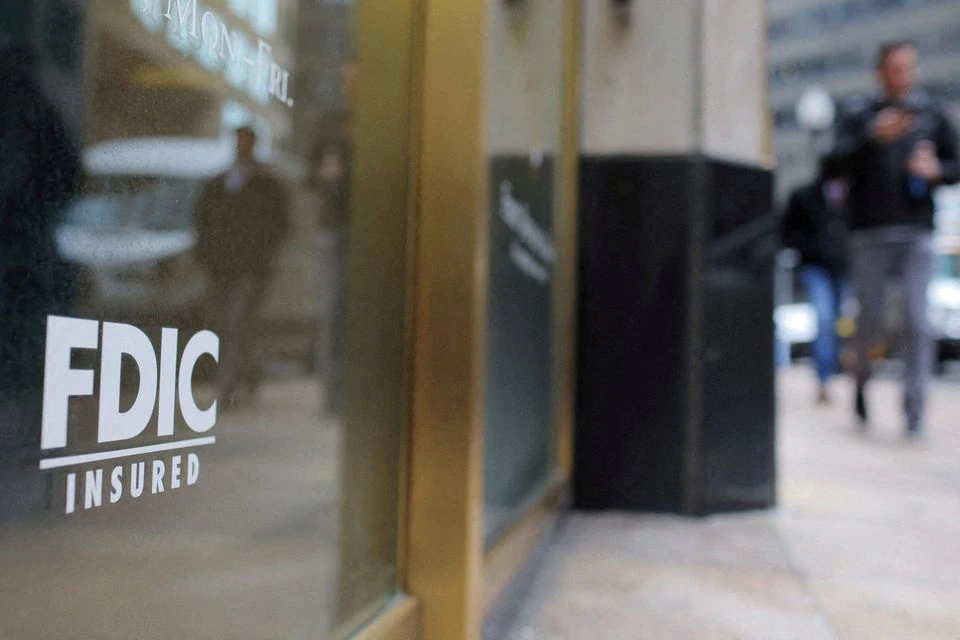The Federal Deposit Insurance Corp (FDIC) and its flagship deposit insurance fund have been active since the Great Depression to provide an orderly resolution for failed banks and to reimburse certain customer accounts.
The FDIC said on Monday it would backstop a deal for regional lender First Citizens BancShares (FCNCA.O) to acquire failed Silicon Valley Bank (SIVB.O), triggering an estimated $20 billion hit to a the deposit insurance fund.
Here’s what you need to know about the fund and how it works:
WHAT IS THE DEPOSIT INSURANCE FUND?
The FDIC’s deposit insurance fund helps to fulfill the agency’s guarantee of bank deposits up to $250,000. In the event an insured bank fails, the FDIC uses the deposit insurance fund to pay back customers who maintained accounts under the limit.
In the case of Silicon Valley Bank and Signature Bank – which also failed shortly after the collapse of the former – the U.S. government determined that a “systemic risk exception” applied and reimbursed all customers– including those whose deposits exceeded the $250,000 limit– in an attempt to prevent further contagion to the banking system.
Full article: Explainer: What is the FDIC’s deposit insurance fund used to backstop failed banks? | Reuters






